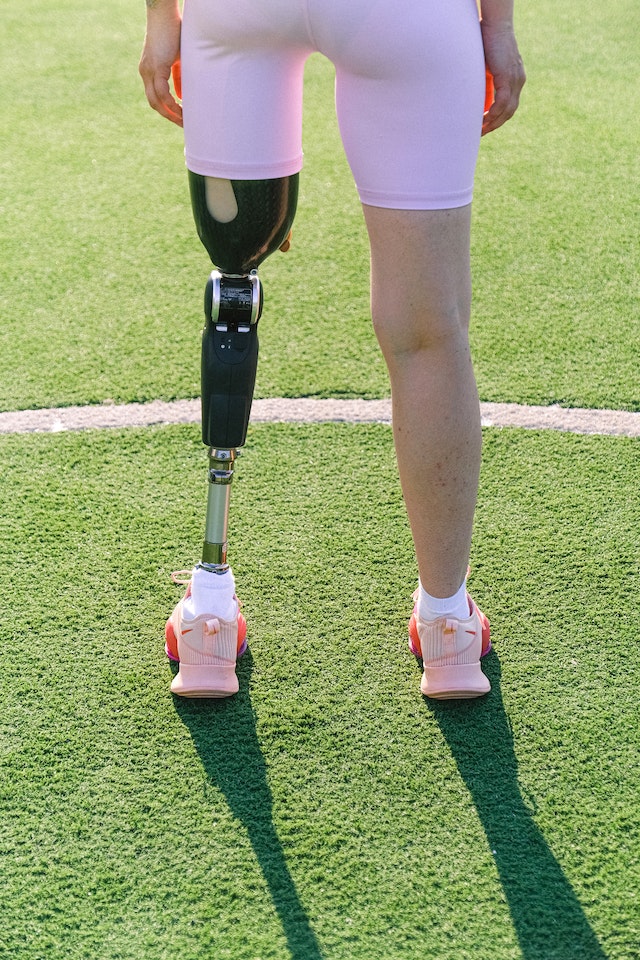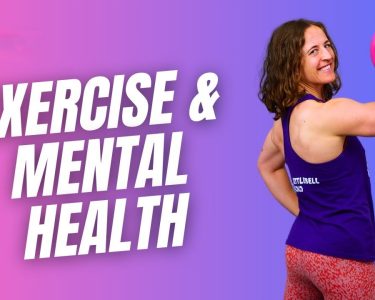If you’re new to grounding techniques and want to enhance your well-being, here’s a beginner’s guide to get you started:
- Find a Quiet Space: Begin by finding a quiet and comfortable space where you can relax without distractions. It could be a peaceful corner in your home, a nearby park, or any place where you feel calm and at ease.
- Grounding through Breath: Start with a simple breathing exercise. Sit or lie down in a comfortable position, close your eyes, and take a few deep breaths. Focus your attention on the sensation of your breath entering and leaving your body. Allow your breath to become slower and deeper, gradually calming your mind and body.
- Sensory Awareness: Engage your senses to connect with the present moment. Notice the sensations around you. Feel the texture of the surface you’re sitting or standing on. Observe the temperature of the air on your skin. Listen to the sounds in your environment. Take note of any scents in the air. Engaging your senses helps anchor you in the present moment and promotes a sense of grounding.
- Connect with Nature: Spend time outdoors and connect with the natural world. Take a walk barefoot on grass, sand, or soil. Feel the Earth beneath your feet and pay attention to the sensations. Notice the texture, temperature, and any other sensations you experience. Allow yourself to feel a connection with nature and the energy of the Earth.
- Use Grounding Objects: Select a grounding object that you find comforting or soothing. It could be a smooth stone, a stress ball, a textured keychain, or anything that you can easily carry with you. When you feel anxious or overwhelmed, hold the grounding object in your hand and focus on its texture, weight, and temperature. This can serve as a physical anchor, bringing your attention back to the present moment.
- Body Scan: Perform a body scan to become aware of any areas of tension or discomfort in your body. Start from your toes and gradually move up to your head, paying attention to each body part. If you notice any tension or discomfort, consciously release it and allow the muscles to relax. This exercise promotes a sense of connection between your mind and body.
- Practice Regularly: Consistency is key. Incorporate grounding techniques into your daily routine. Set aside dedicated time each day, even if it’s just a few minutes, to practice grounding exercises. Over time, it will become easier to connect with the present moment and experience the benefits of grounding on your well-being.
Remember, grounding techniques are personal, and what works for one person may not work for another. Explore different techniques and find the ones that resonate with you. Stay open-minded and patient with yourself as you develop your grounding practice. With time and practice, you’ll discover what brings you a greater sense of well-being and inner calm.




